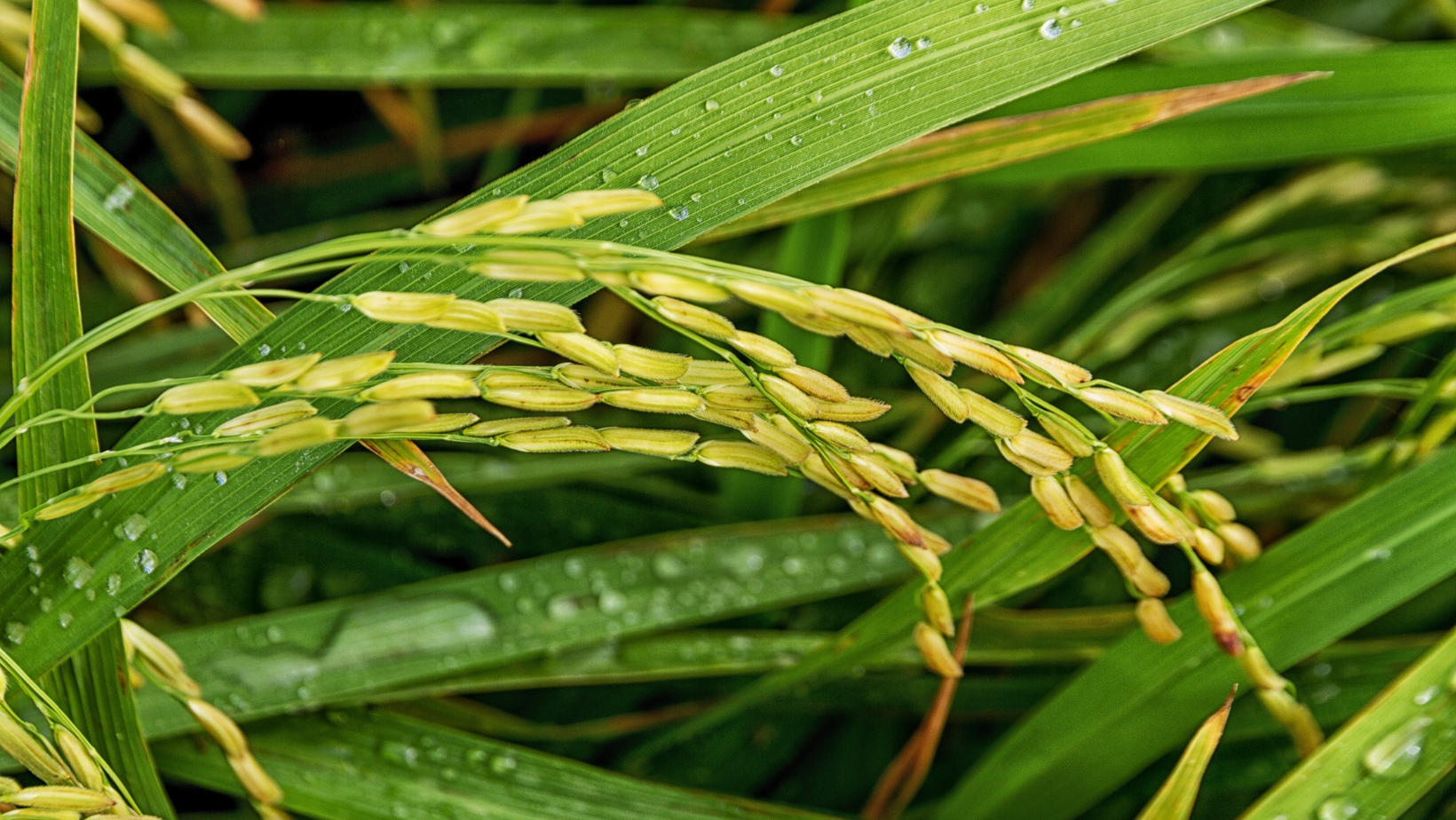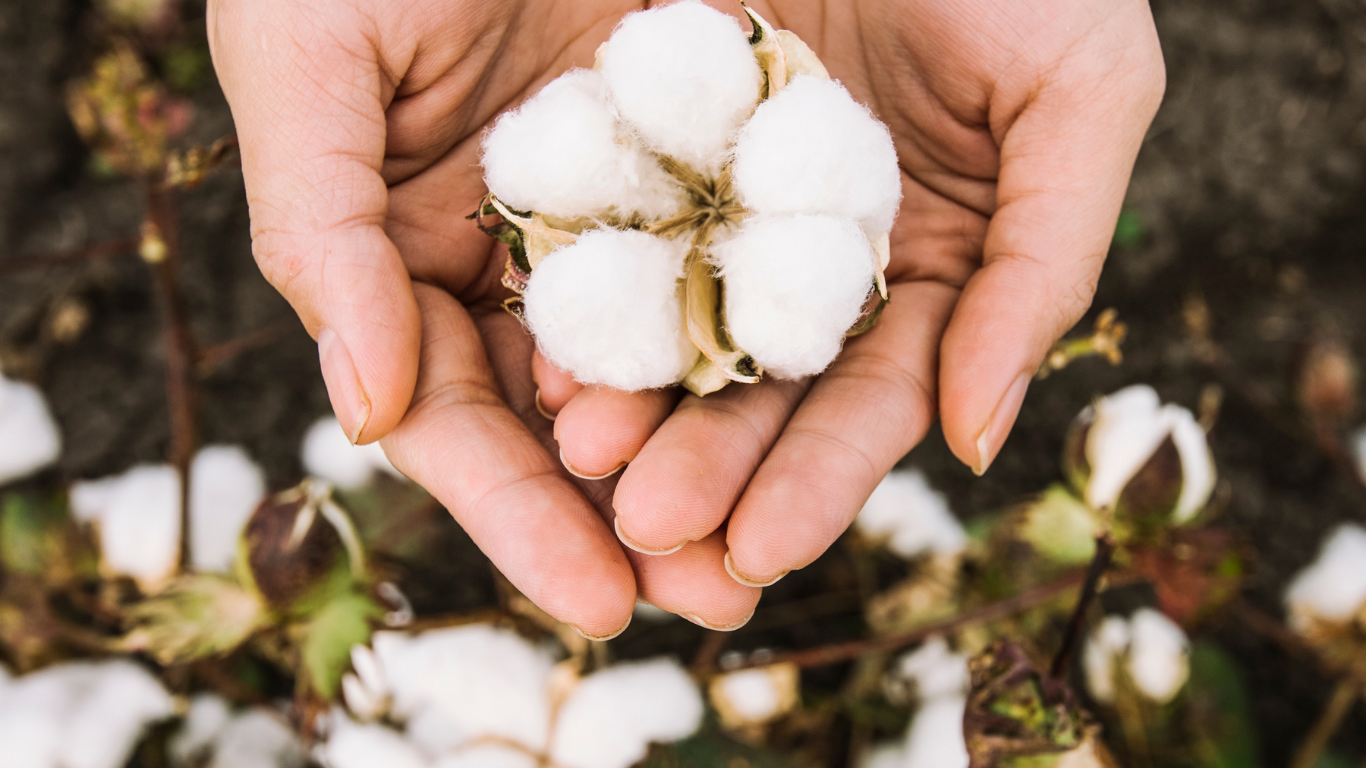Production and supply of a crop is a critical component for the market outlook for every marketing year. For the cotton crop, U.S. planted acreage outcome is a major part of the global cotton production and supply.
Grower surveys are one common method for predicting cotton planted acreage. One of the earliest publicly available grower planting intentions surveys is measured in December by Cotton Grower magazine and published in early January. Similarly, the National Cotton Council measures grower intentions in the weeks before and after New Year’s Day and publishes the result in February. In 2022, these two surveys measured 12.5 million and 12.0 million planted acres of U.S. all cotton (upland and Pima combined), respectively. USDA will subsequently measure grower planting intentions in March, and then survey planted acreage in June.
A second approach to predicting cotton plantings is by focusing on the relative price of competing crops. In the eastern half of the Cotton Belt, cotton competes largely with corn, soybeans, and peanuts. In the Southern Plains region, the major alternatives are corn, sorghum, and wheat-fallow. A simple method for predicting cotton plantings is, for example, matching the ratio of new crop corn and cotton future prices to U.S. cotton plantings (Figure 1). So far, the Dec’22 CBOT corn/Dec’22 ICE cotton futures price ratio has been ranging between 5.7 and 5.9 during the first quarter of 2022. Assuming the price ratio stays at that level, history suggests an outcome of between 12 and 13 million planted acres of U.S. all cotton (see Figure 1). This is similar to the early surveys of growers.
Note that the dryer-than-normal conditions in the central and western Cotton Belt, along with an insurance price above $1.00 per pound, could add 500,000 to 1,000,000 planted acres in the Southern Plains region, albeit with uncertainty in the abandoned acres at the end of the season due to possible drought impacts.
Assuming 13 million planted acres in the U.S. with an average/higher abandonment (20%) and 10-year average yield (850 lbs), the U.S. would produce over 18 million bales of cotton in 2022, with over 21 million bales of supply. Assuming U.S. domestic spinning is 2.6 million bales and U.S. exports are 15 million bales, the result could be another year of U.S. ending stocks around four million bales. That year-over-year change in ending stocks would be considered price neutral. This year that suggests that new crop futures prices may be fundamentally supported at historically high levels, with weather market speculation providing additional upside volatility.
Figure 1. Ratio of December Corn/Cotton Futures and All Cotton Planted Acreage in the United States

Robinson, John. “U.S. Cotton Planted Acres“. Southern Ag Today 2(11.1). March 7, 2022. Permalink









